|
Thursday February 23rd, it was Wake Up With the Birds led by Jeff Babson! A great time for birding in SE Arizona. At the ranch house just as we were starting out there was a pair of Broad-billed Hummingbirds, male and female. I was unable to capture the male in focus (gosh they move quickly!) but I had better success with this female. The female has a white line over the eye with dark ear patch, and a grey breast. I have posted all three good images here since they show slightly different features of the bird, and convey a sense of how they move their wings in flight. For more on the male, not shown here, check out the Cornell Lab website. The four images below were captured on the morning of the 16th, and demonstrate how well they can fluff up their feathers to create insulation. Black-throated Gray WarblerThe Black-throated Gray Warbler is one of 54 species of Wood-warbler. This bird winters in southern Mexico and Central America, summers and breeds in the western U.S. all the way up to western Canada. Tucson is on the edge of the summer territory, but definitely in the migration path. These are small songbirds with gray backs, white underparts and face, with a black mask and crown and a very distinctive yellow square in front of the eye. The bird above moved fast among the branches and was tough to capture, but this one shot shows the distinctive markings. In contrast, a Black-and-white Warbler from SW Wetlands the day before . . . . .On the other hand, the Black-and-white Warbler winters in Florida, Mexico and South America, and summers in the Northeast and Canada, with Tucson on the edge of their migration path. These birds are boldly striped in black and white. The images above and below were captured during the weekly Audubon walk at Sweetwater Wetlands on Wednesday the 22nd. Thanks to Luke Safford for leading these Wednesday walks. Disclaimer: these images are not the best, but serve to show this visitor's markings. Canon 7D with Sigma 150-600 C, f/8.0, at 1/800 sec, ISO 1600, 267 mm. A black and white bird in deep shadows at high ISO! Post-production processing in Adobe Lightroom 6.0. Northern Beardless-TyrannuletThe Northern Beardless-Tyrannulet is a Tyrant Flycatcher that lives in portions of Mexico extending as far north as SE Arizona, and southern Texas. They will catch insects on the fly, but more often climb and hop on trees to get slower moving insects off of the trees. The last frame shows some of this foraging behavior. Apparently Tucson is the spot for avid birders to add this species to their life list without pulling out a passport. VerdinThe Verdin is a small songbird common is the Southwest U.S. and Mexico. See prior posting from Sabino Canyon. You can see the rufous wing patch on the image above. This bird is all fluffed up, likely warming up in the sun, showing how feathers are great insulators. Think of a down jacket doubling as wings! Cactus WrenThe Cactus Wren is a noisy year-round resident of Mexico, Arizona, Nevada and New Mexico, and is the Arizona state bird. The bird is well adapted to desert living, able to survive without drinking free-standing water. This wren was sitting on cholla cactus not far from the new ponds being built on the west side of the park, and was vocal as usual, as can be seen in the last frame. That's all for now! The next Wake Up With the Birds will be on Thursday March 2nd, at 8 am, new time on the spring schedule. For more events sponsored by Pima County, see this link.
1 Comment
We got a tip from a fellow birder/photographer that a single Wood Duck was hanging out on the south side of the larger pond, beneath the large trees that occupy a small hill associated with a series of waterfalls. I spotted the duck climbing the hill toward the water feature, and was able to take a front row seat as he took his morning bath. These are beautiful ducks, that live in wooded swamps where they nest in tree holes. Unlike most ducks they have claws that allow them to navigate the forest and grab branches. Below is a detail of the first frame in this post that shows the claws. Wood Ducks winter in New Mexico, southern Texas, S.E. Arizona and throughout Mexico. We are lucky to be on the western edge of their winter grounds. Drop by Reid Park and see if you can spot him! |
AuthorHenry Johnson, photographer and author of this site. For more detail, see About
Categories
All
Archives
July 2024
|
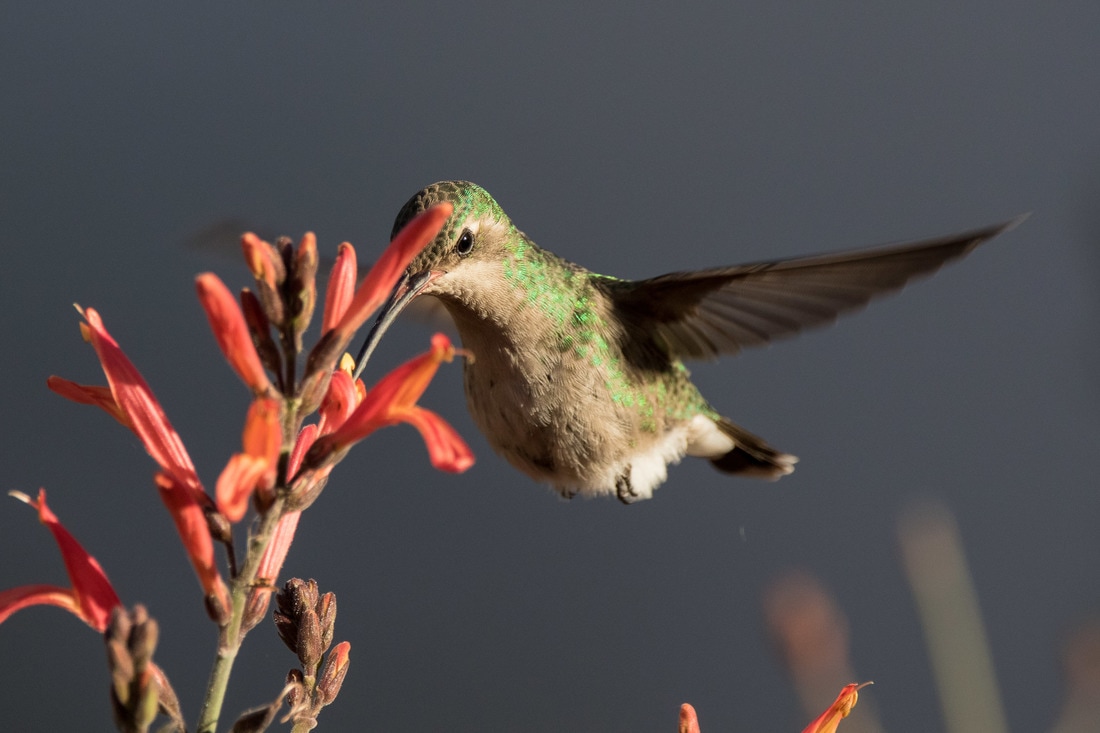
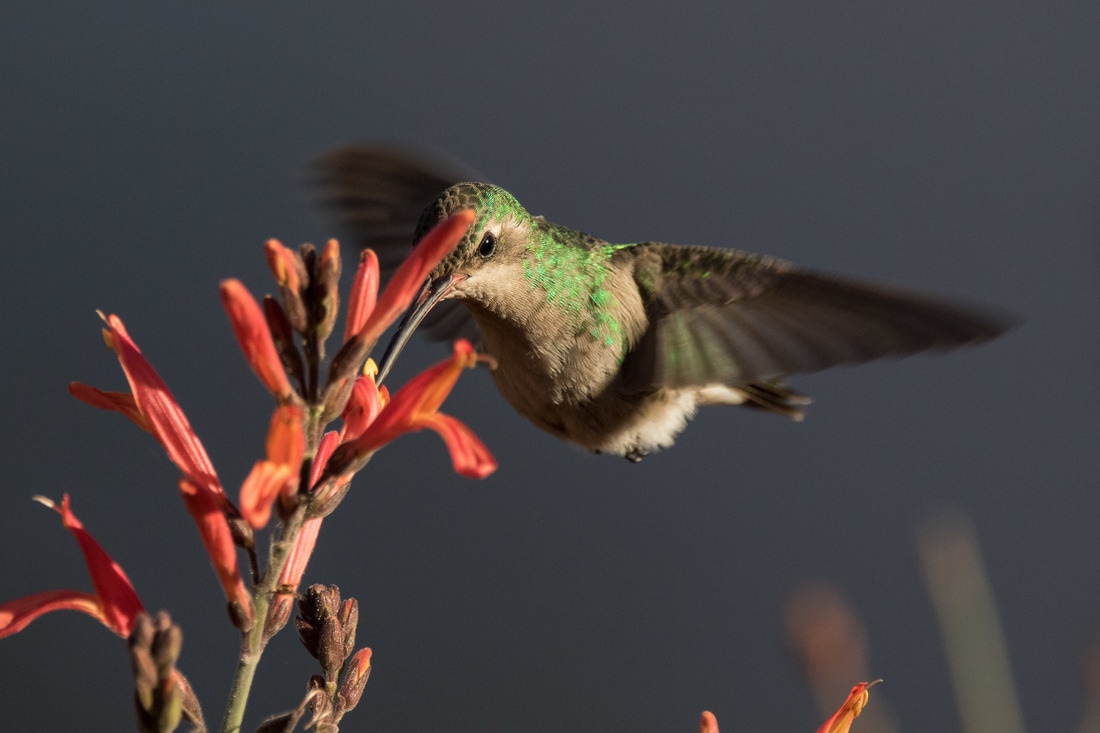
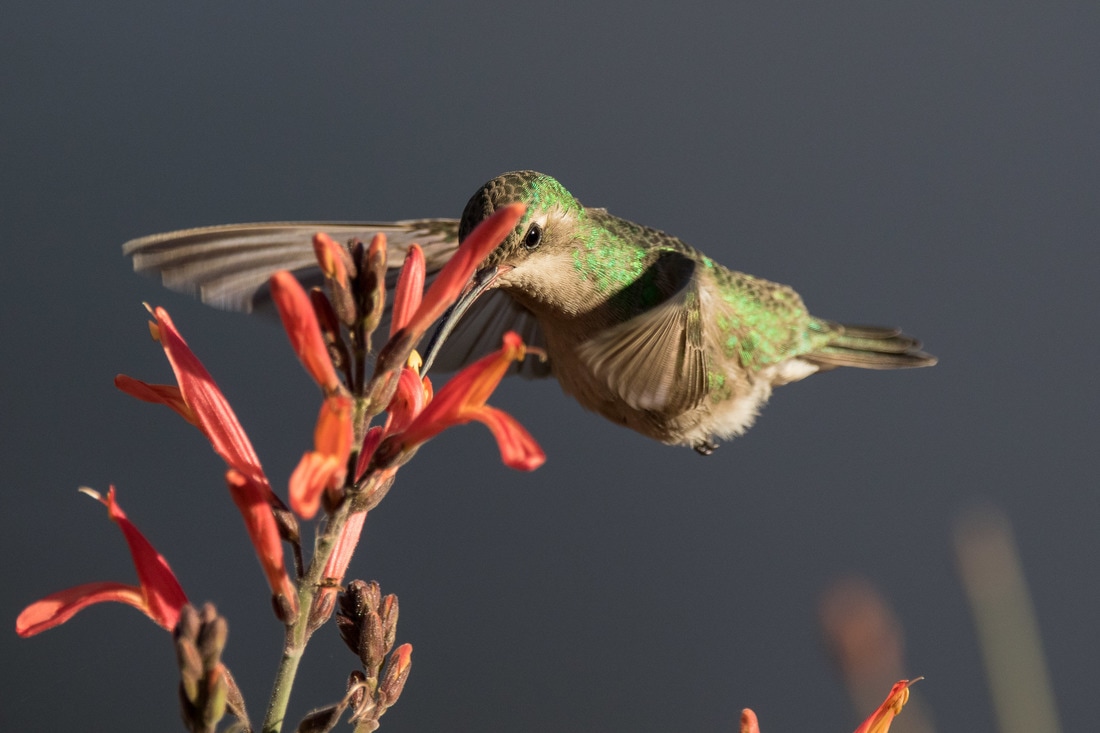
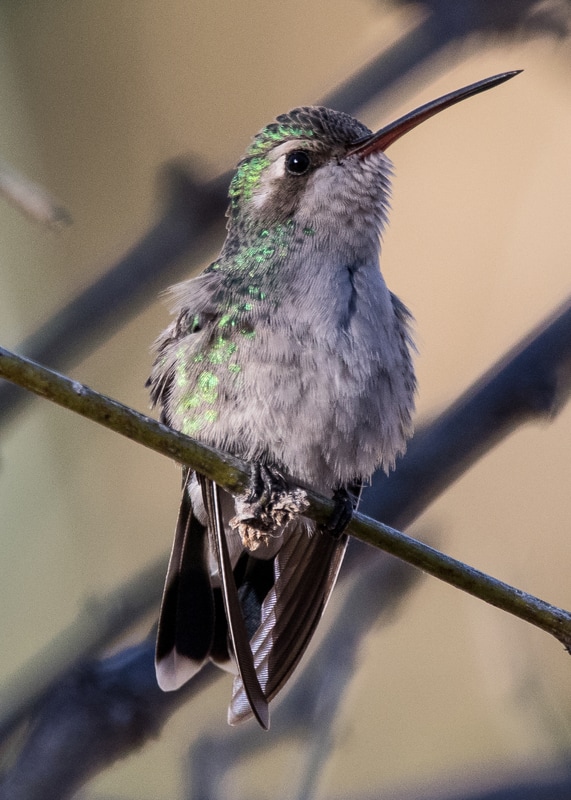
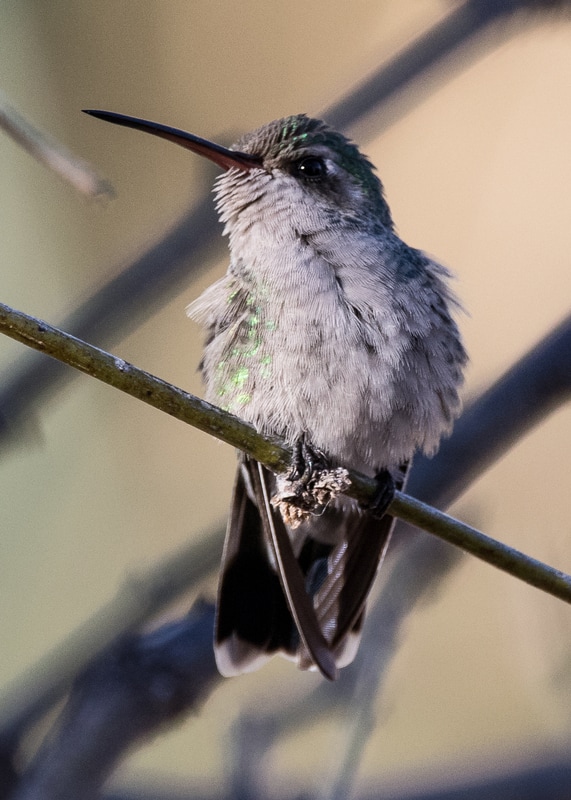
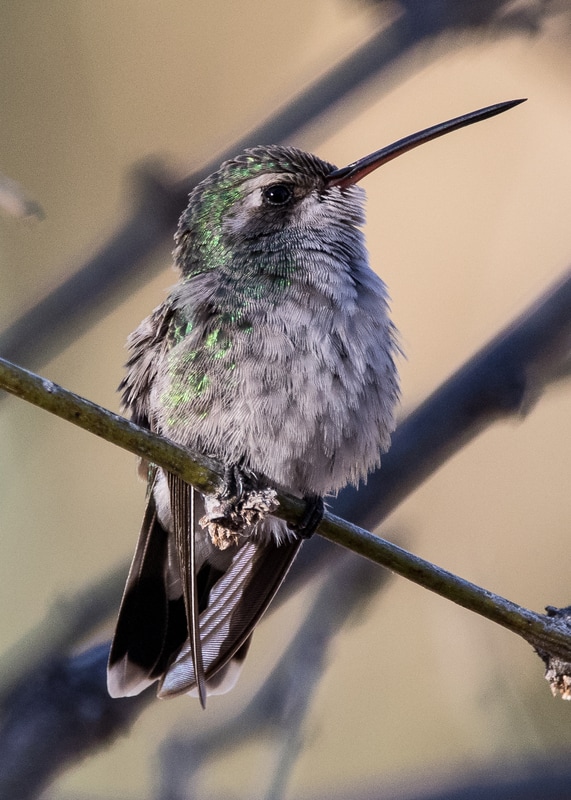
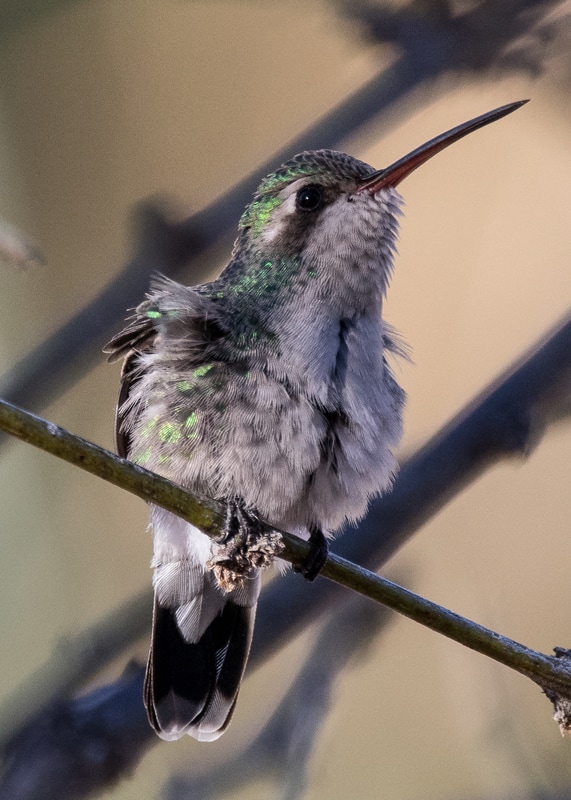
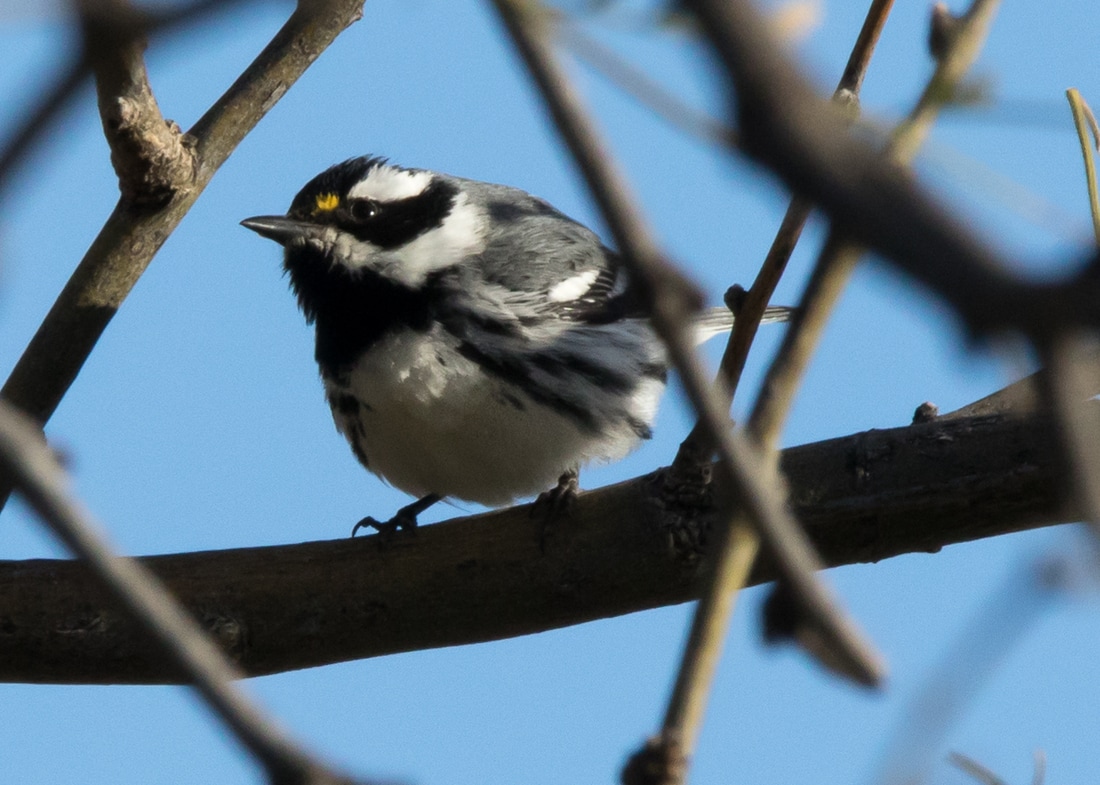
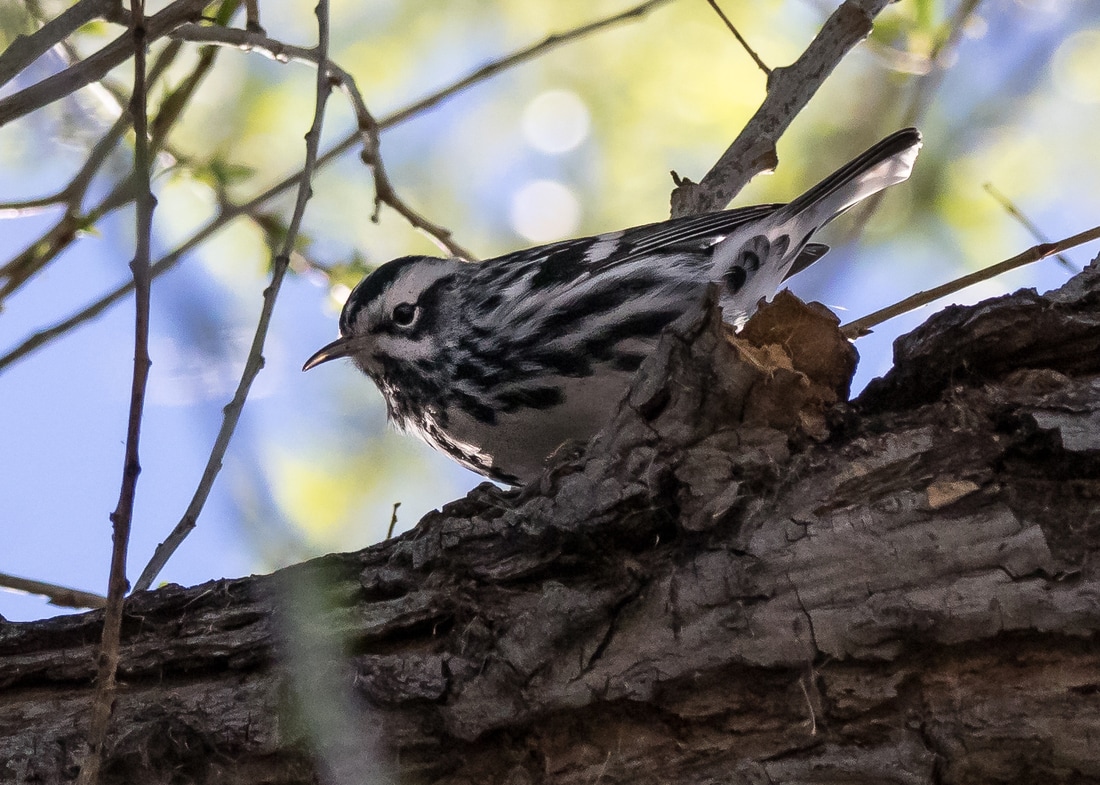
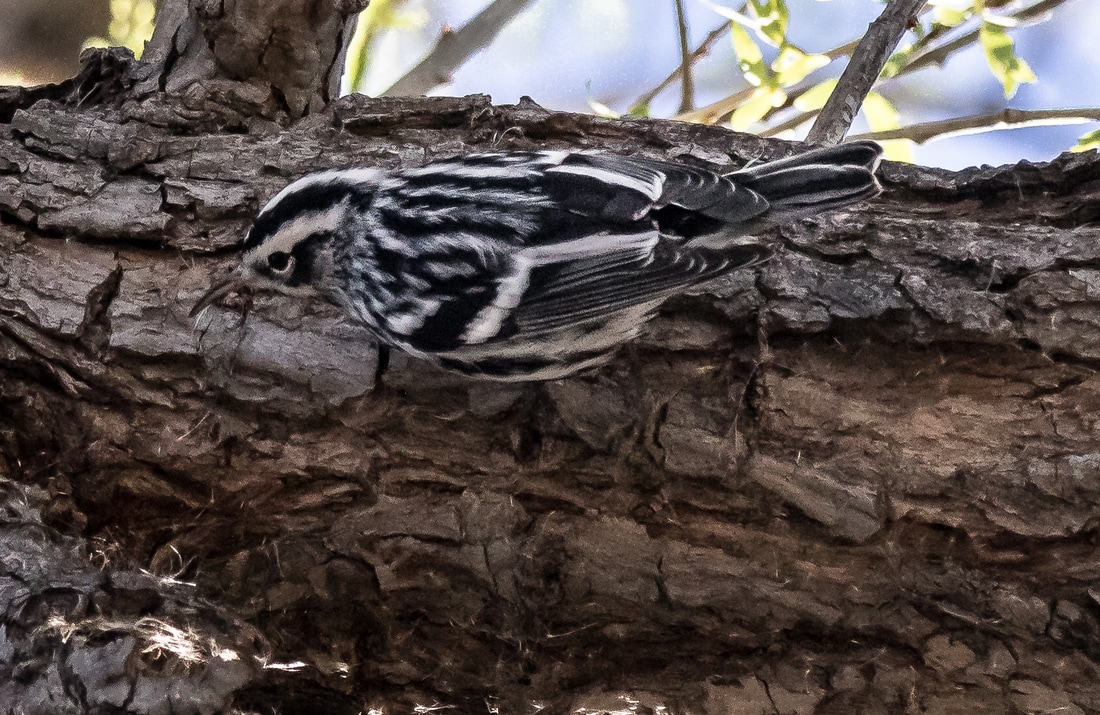
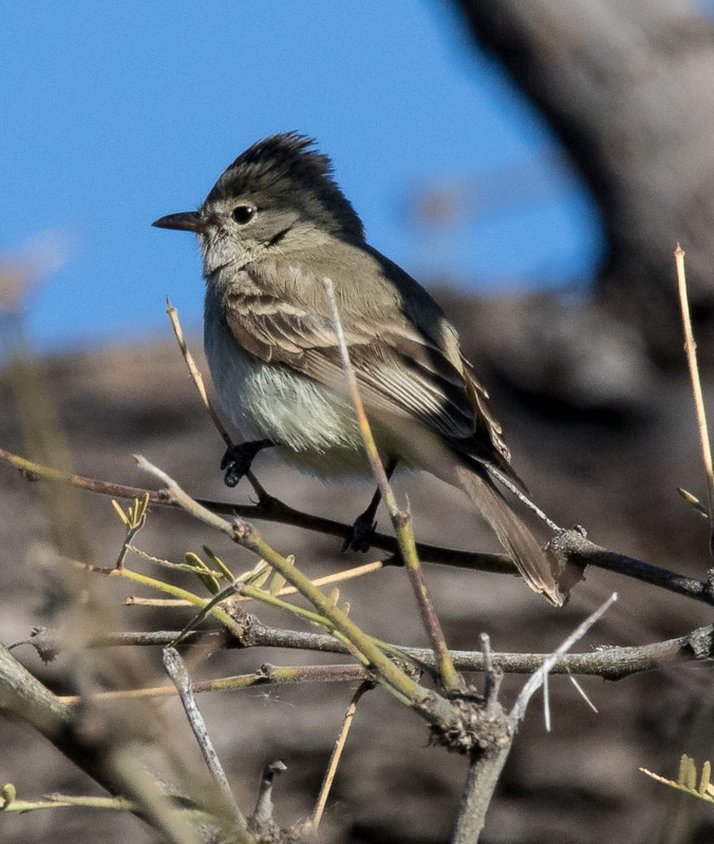
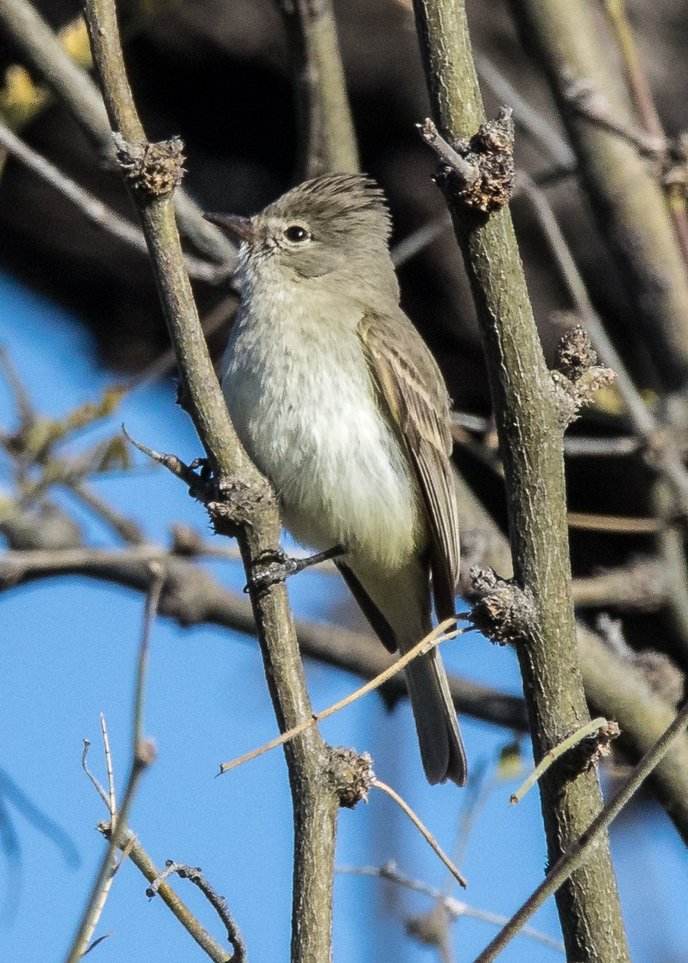
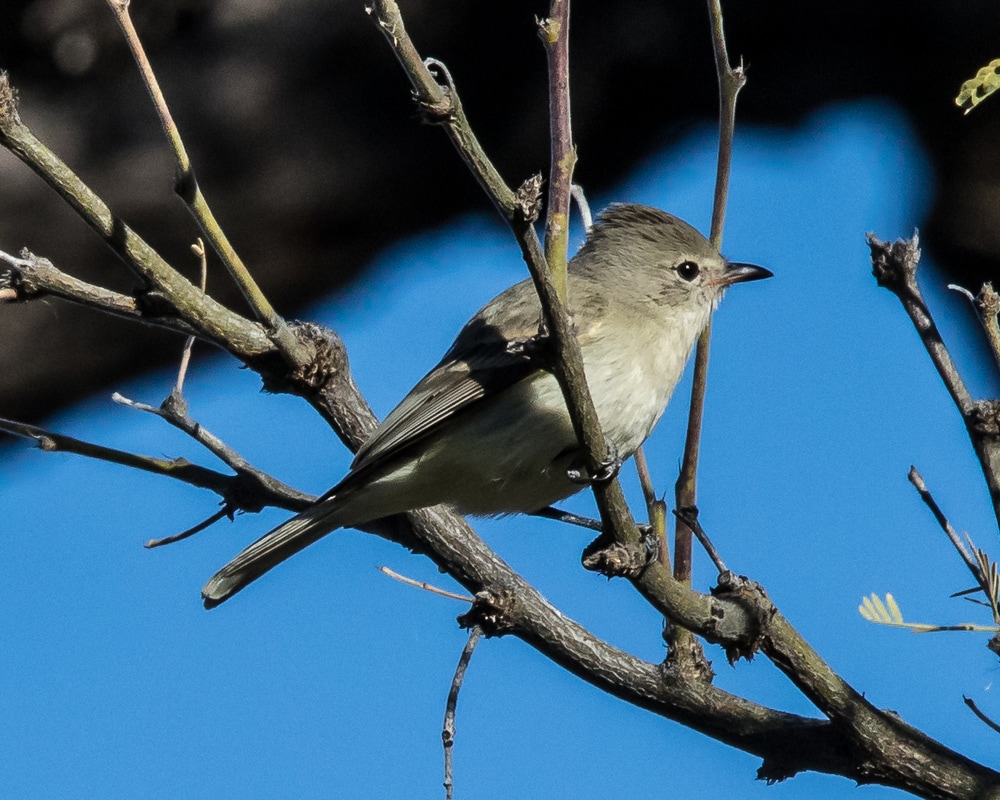
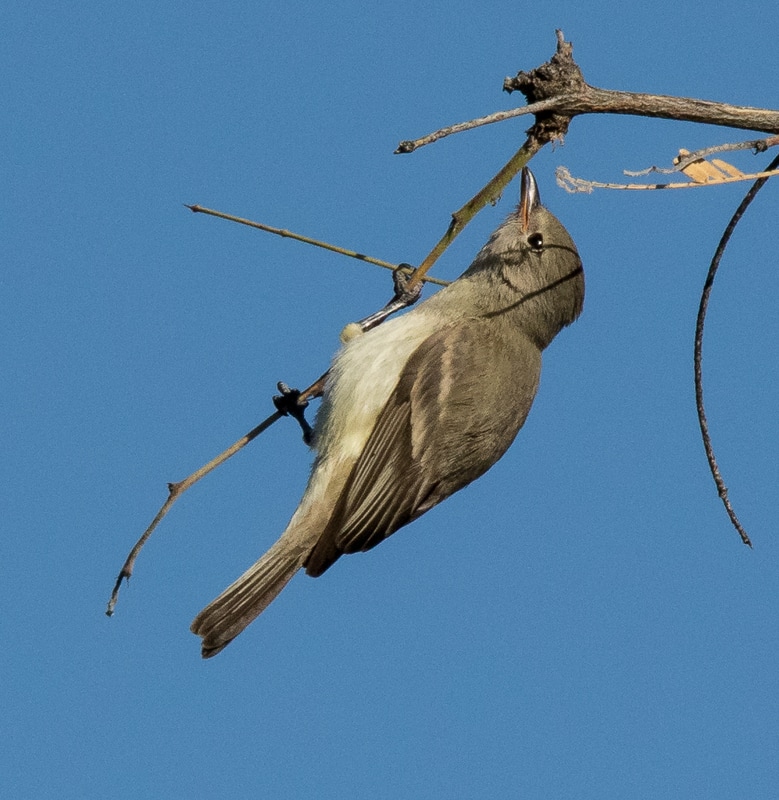
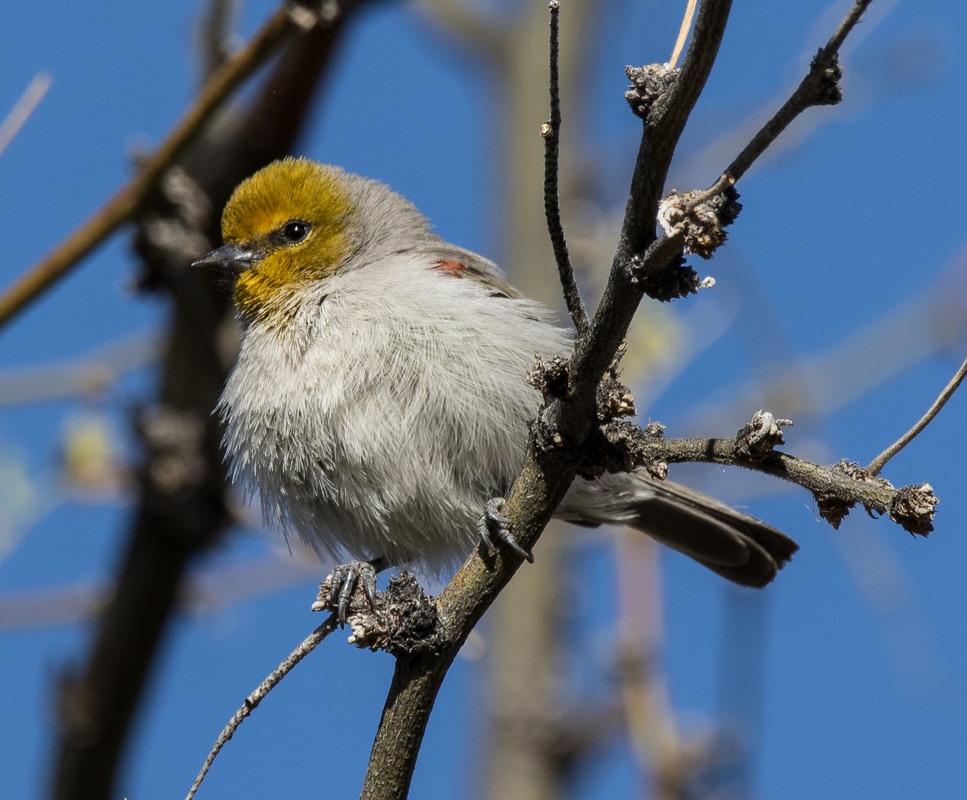
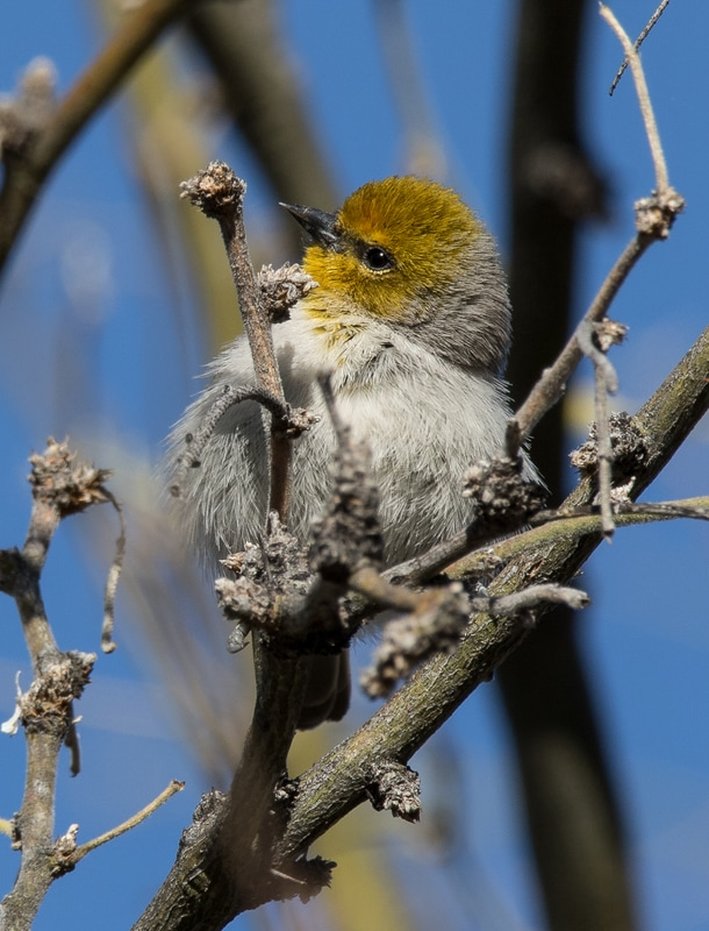
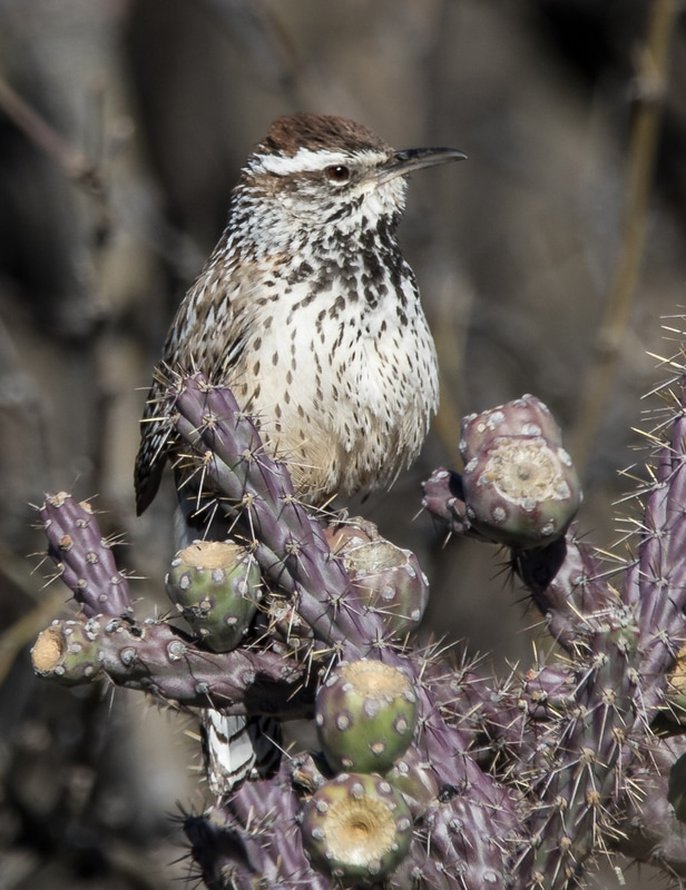
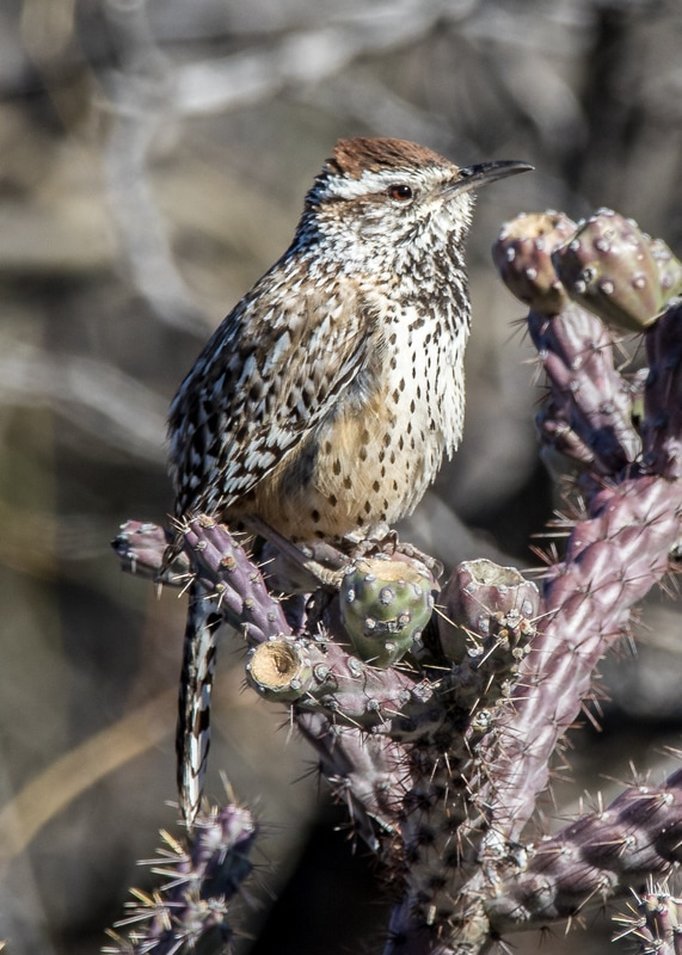
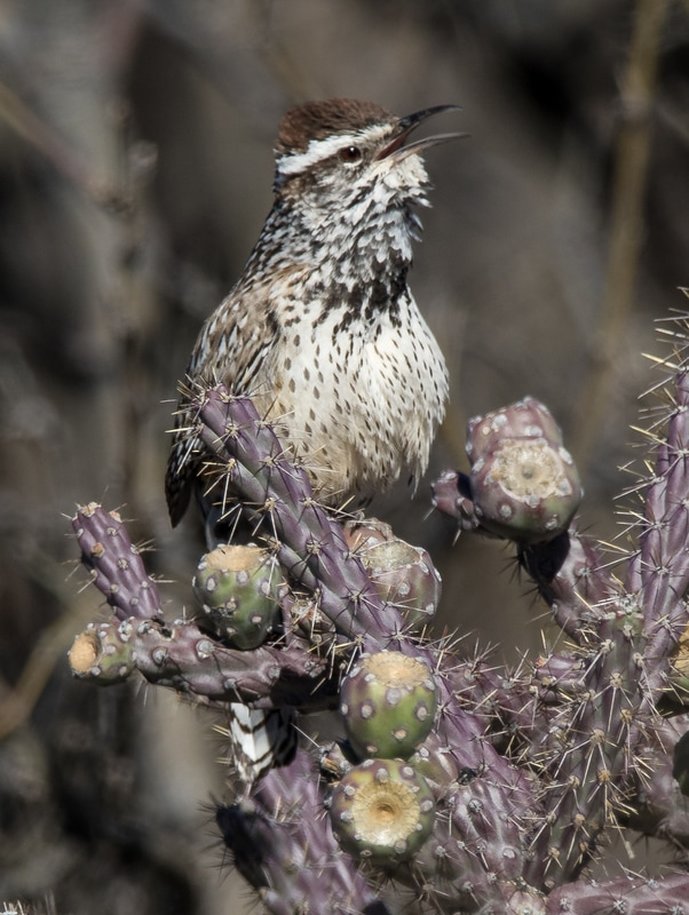
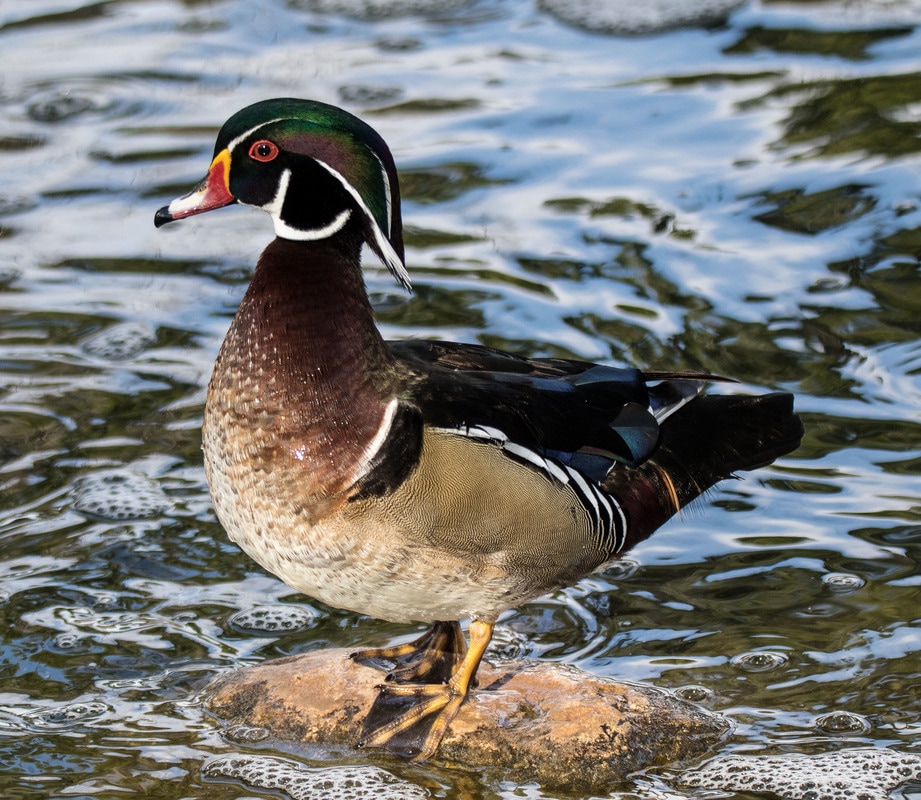
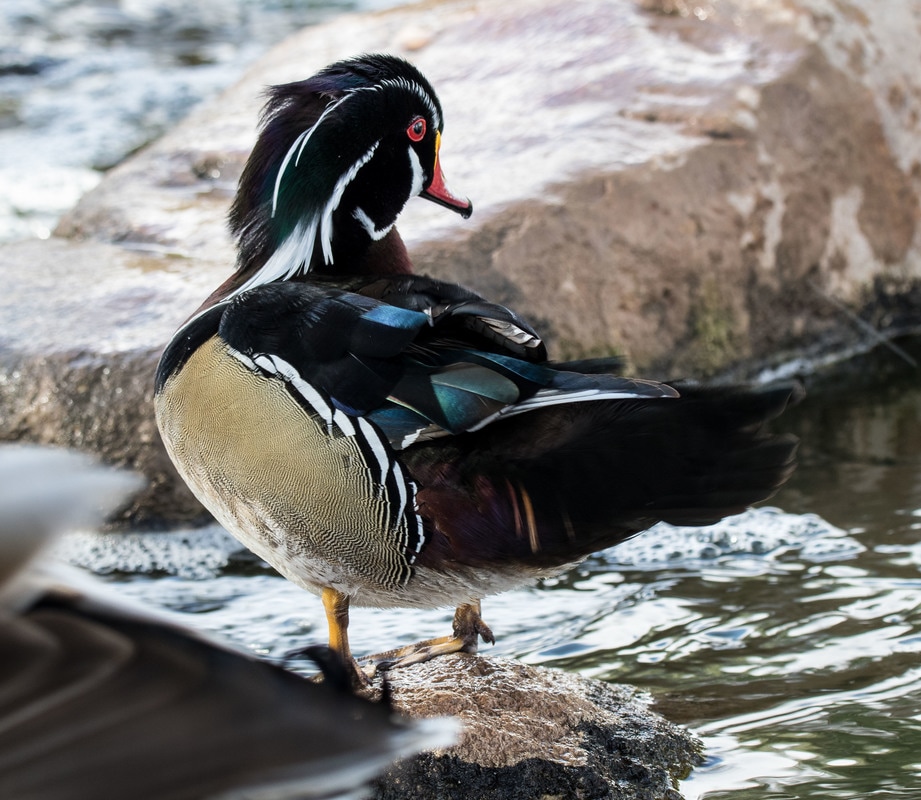
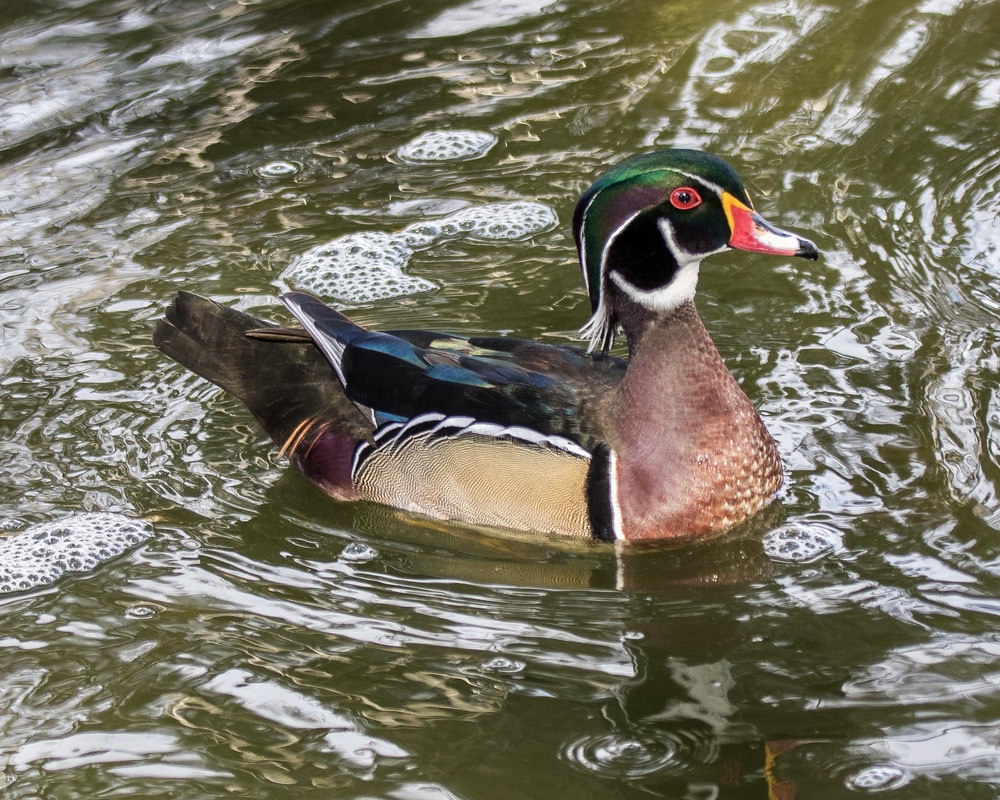
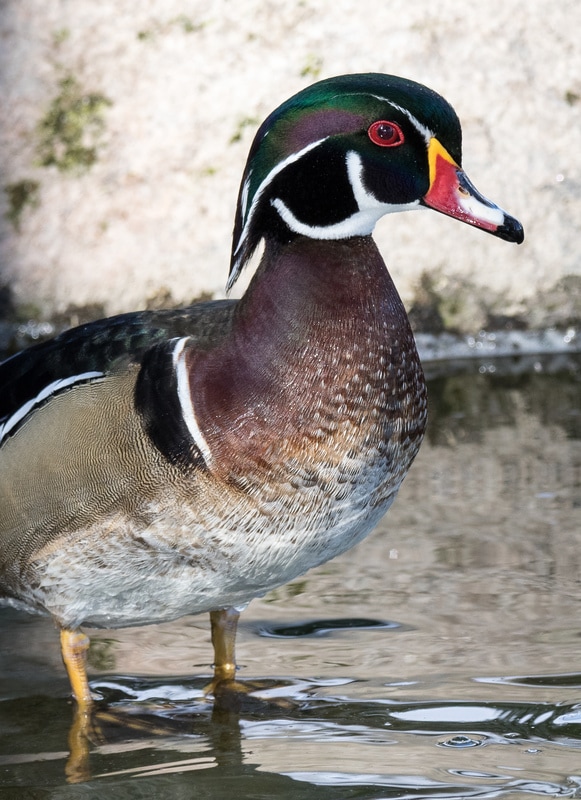
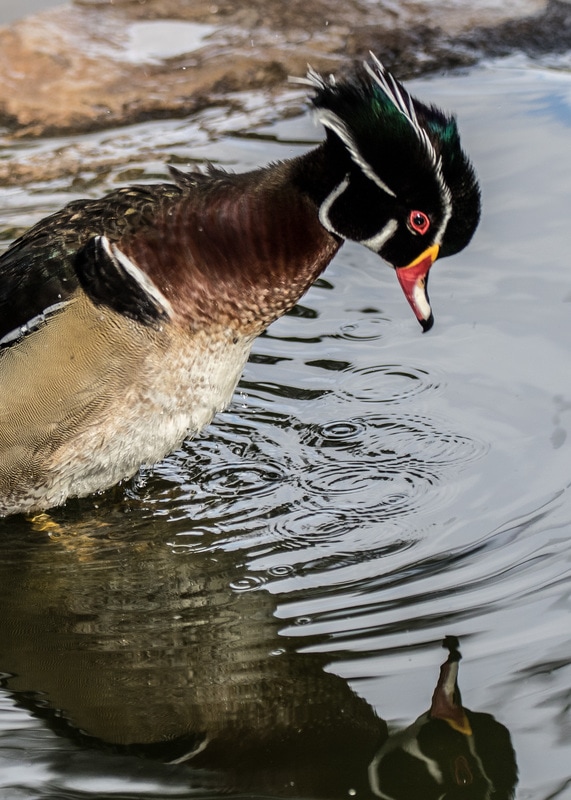
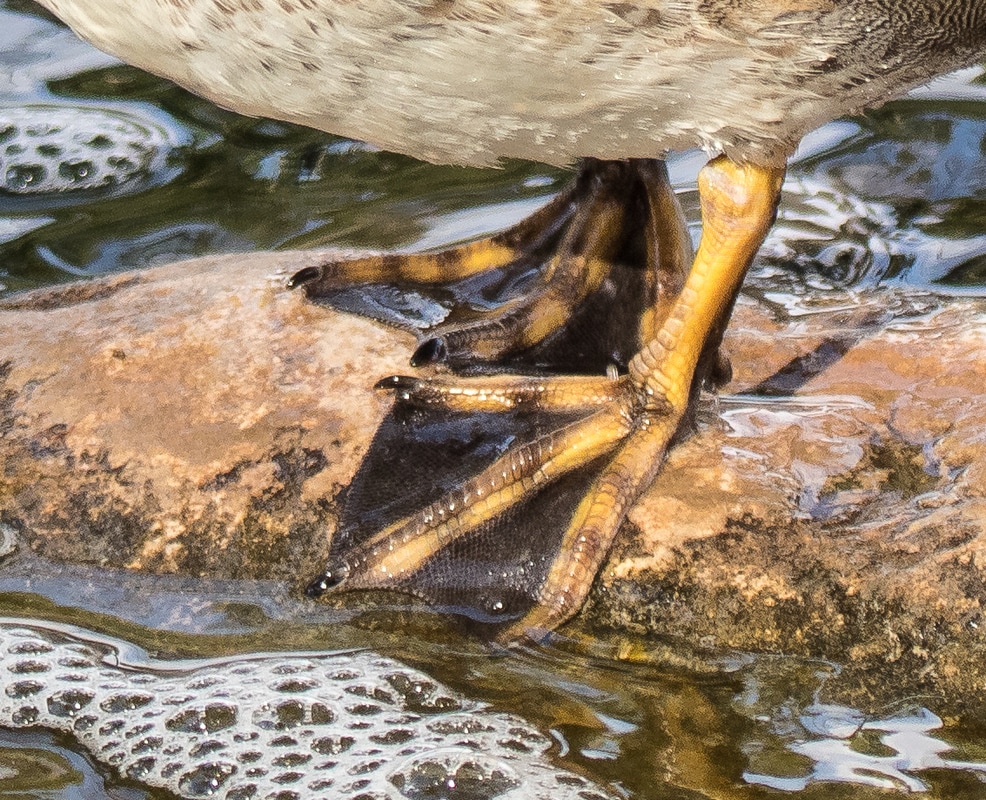
 RSS Feed
RSS Feed